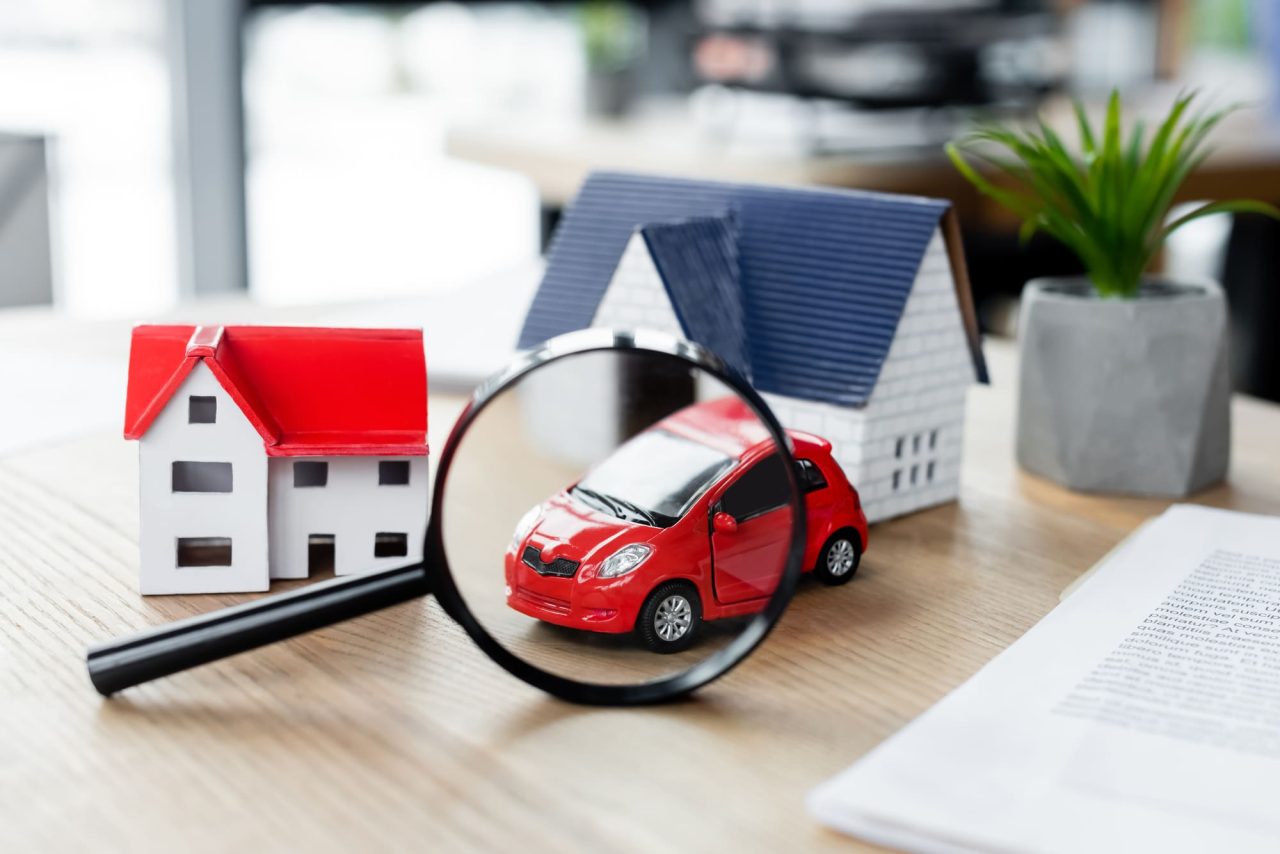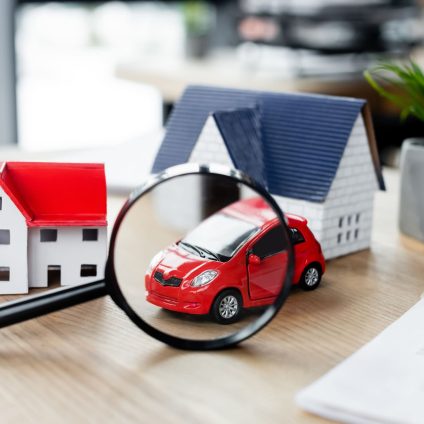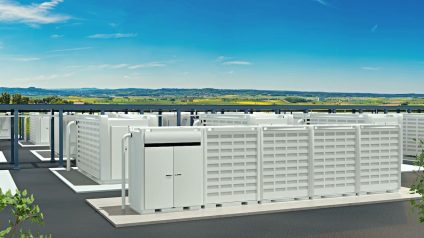Reducing greenhouse gas emissions is possible with existing technologies. Electrification, efficiency, and behavioral changes can cut CO2 in buildings and transportation by up to 91% by 2050

How much can we realistically reduce greenhouse gas emissions from transportation and buildings using only the technologies we already have? And how much greater are the cuts if, in addition to “technical” mitigation solutions, we also consider key behavioral changes?
A recent study by CMCC, the Euro-Mediterranean Center on Climate Change, published in Nature Energy, seeks to answer this question.
The key takeaway? The transition to clean energy in buildings and transportation “may be more manageable than previously thought,” explains Johannes Emmerling of CMCC, co-author of the study.
Integrated strategies to reduce greenhouse gas emissions
The study uses seven integrated assessment models to provide a comprehensive analysis of decarbonization strategies. It finds that electrification is the primary driver of emissions reduction. However, it must be balanced with other strategies to prevent excessive strain on the power grid.
The potential is significant. According to CMCC researchers, electrification alone—through electric vehicles and building solutions like heat pumps—could reduce direct emissions by 45-77% in buildings and 22-86% in transportation by 2050.
By combining electrification with energy efficiency and key behavioral changes, reductions could reach 51-85% in buildings and 37-91% in transportation.
The impact of demand-side interventions is “high,” the study notes. On average, compared to a scenario based on current policies, these interventions could achieve a 65% reduction in direct CO2 emissions from buildings and nearly 70% in transportation by 2050. Meanwhile, use-based measures could reduce emissions by 6-23% in buildings and 17-28% in transportation. Technology optimization measures could lead to reductions of 11-33% and 2-67%, respectively. Electrification measures alone could achieve reductions of 45-77% in buildings and 22-86% in transportation.
However, “the success of these strategies critically depends on the emergence of social innovations and the implementation of policies to overcome key barriers,” the authors emphasize.
“Our study highlights the demand-side aspect of decarbonization, which is often overlooked,” says Alice Di Bella, PhD candidate and researcher at CMCC. “By comparing results from multiple models, we provide strong evidence that electrification, efficiency, and behavioral changes are practical and effective solutions for climate mitigation.”












